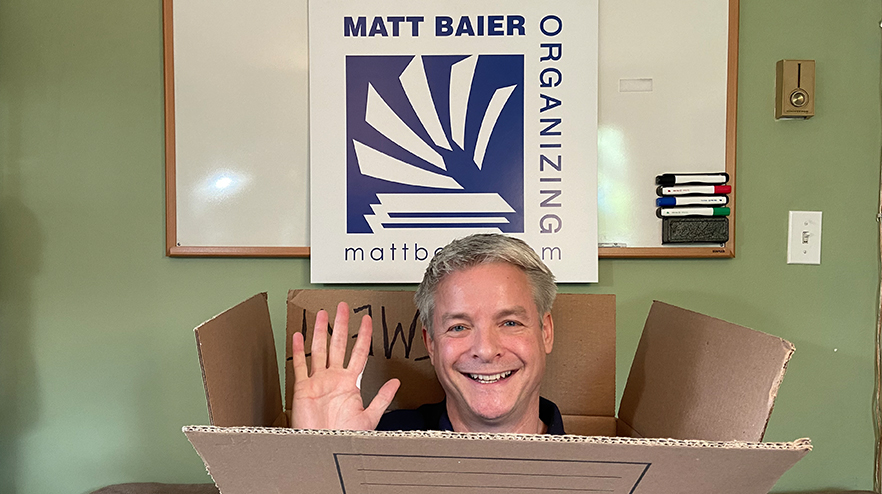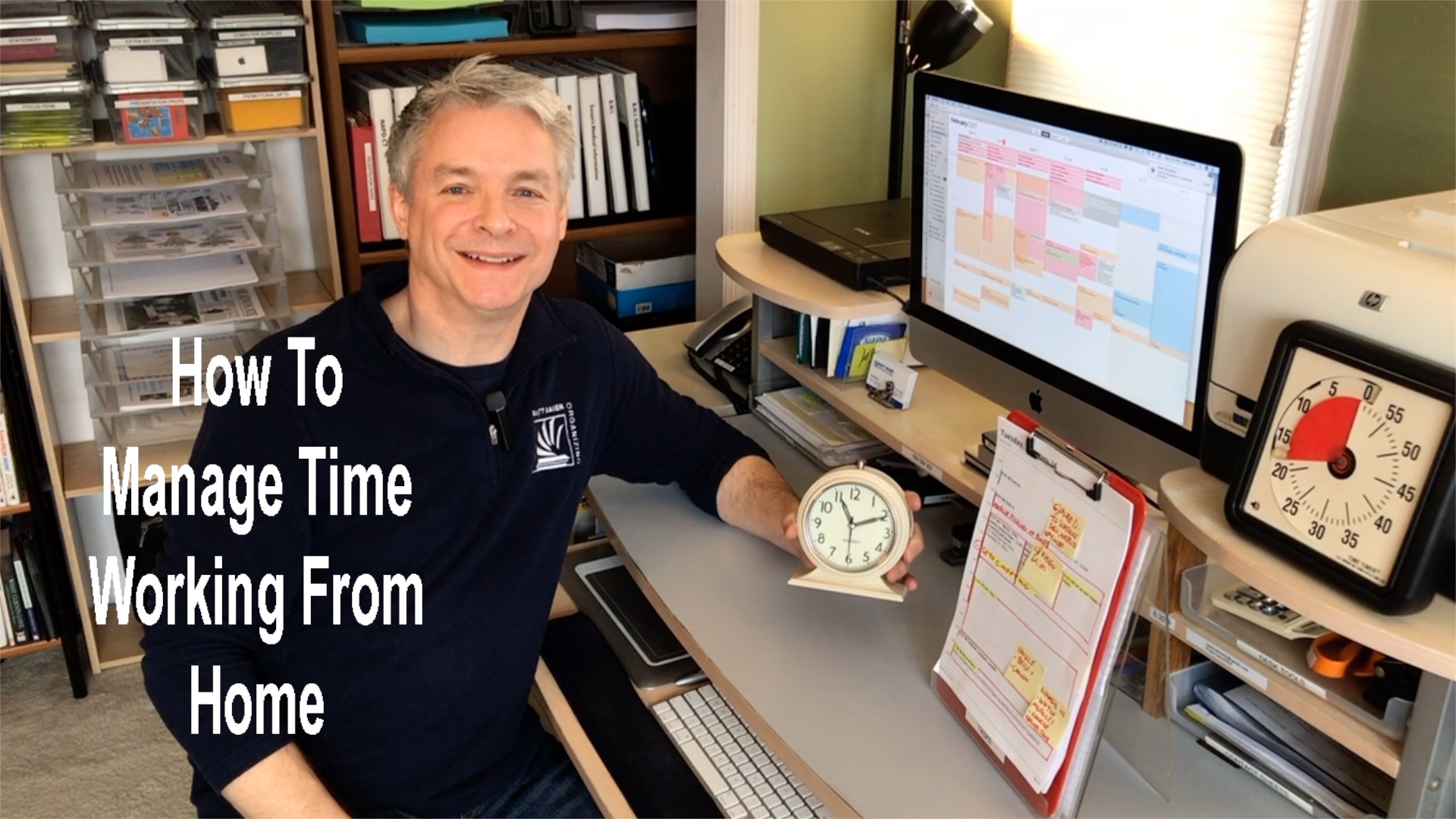It’s a cold December afternoon and I’m at my office away from home, Starbucks. I’m working on my schedule and a text pops upon the upper right hand corner of my laptop screen. It reads, “She’s still not ready.”
The text is from Christa, my manager in the field. She and an assistant have been working with a retired art teacher named Alice*. Alice had a ton of paper when the team started with her in November. Ninety percent of it had been processed before today’s session. With just 10% left, I was pretty confident that we could get to setting up systems. It was not to be. The culprit? Post-It Notes.
The last 10% of the paper management was Alice’s handwritten notes. The vast majority of them were written on Post-It Notes…and not well. An inordinate amount of time was spent by Christa, her assistant, and yes, Alice trying to read them. We encourage clients to be less protective of notes that amount to illegible scribbles. However, many clients like Alice insist that there may be some hidden nuggets in the Post-It’s.
So maybe you’re thinking that Post-It Notes are to be avoided? Not so fast! It all depends on how you use them. Here’s how not to use them:
1. With complicated color coding
There is a school of thought that colors are more compelling, especially held by creative types, like Alice. Well, I’m a creative type and I disagree. Yes, colors grab your attention, but that doesn’t translate to action. In most cases multiple color do more to distract than to focus. Also, color coding may actually shut down action. Let’s say you have assigned green Post-It Notes for financial goals, like paying bills. If you run out of green Post-It Notes, you may be discouraged from writing down a financial to-do. You’ve got enough to think about. Keep it simple. I recommend canary yellow every time.
2. Poorly written
Alice’s notes were all hastily written and it showed. She liked to share a popular statistic that intelligent people have messy handwriting. It gave her comfort. Well, that’s lovely, but it’s not helping Alice get her to-dos to done.
Take an extra 20 seconds to write slowly and write clearly, with a bold pen or marker. I favor the Retractable Sharpies, because you never lose a cap. If you want to get some meaningful colors in, I recommend two compelling marker colors. I use red for business related to-do’s and blue for personal to-do’s. That keeps me aware of how much personal time is slipping into my work time and vice-versa.
Write as if you will have to read this note again, because that’s the whole point. Next time you see this note, you may completely forget why you wrote it. So be clear. Start with the intended action. To save time and space, I use letters to represent common actions. I use C for call, E for email, W for write, and G for google.
Clarify if there is a name involved and what it is regarding with a “re:.” Finally, to help with time management, write a number in the corner. This represents the amount of time you want to spend on a task. You may not stay within this number, but making a habit of estimating will make you more aware.
3. As a brain dump
At the heart of the problem with Alice’s Post-Its was that she wasn’t thinking about next stages. She was not thinking about next stages (August blog )with these notes. Alice was just thinking about getting these thoughts out of her head and onto paper. She felt like she had secured her thoughts in a safe place. In fact, she may have buried a treasure, but she had burned the map.
Breaking actions into manageable reliable stages is at the heart of my new book The Circulation Solution. It’s not just about breaking big goals into smaller steps. It is also critical that you make these next steps as manageable and reliable as possible.
Be kind to future you.
4. Everywhere
Alice’s Post-It Notes were everywhere and she wrote the same actions multiple times. She felt this increased her odds of seeing her Post-It Notes. Well, they were visible all right, but that’s not the point. Looking at her home was like looking at a Where’s Waldo page without a Waldo. There was zero focus.
I recommend one semi-visible space for collecting Post-It Notes for ongoing projects and one very visible page for actions today. The first place I call a project corral, the second I call a task collector. The task collector is a printout of today’s events, with to-do’s on Post-Its worked in. This give you the focus you need to get to-do’s to done.
Perhaps you are wondering about replacing Post-Its and a paper system for tasks with a digital system. If that works reliably for you, great. If it doesn’t, I can tell you why it doesn’t. Most of the time, your digital task collector is hidden, either in your pocket, by a screensaver, or behind another webpage. It’s not compelling. The digital answer to this is notifications. The problem is, you don’t experience notifications in a context. Yes, you can set an advance notice, but there’s another problem. I don’t find notifications and priorities as easy to adjust as a Post-It. Let’s face it, life demands that we adjust priorities CONSTANTLY.
I believe that creating manageable, reliable next steps are so important to staying organized that I invented a word. That word is “compelement.” Simply put, a complement is an element that compels you to action. A good example of a compelement is a clearly written Post-It Note, prominently and singularly located.
So are Post-It notes good or bad? They are good if you use them as a compelement. They are bad if you use them like Alice
*In case it’s not obvious, Alice is fictitious. Client confidentiality is extremely important at Matt Baier Organizing. I would never disclose a client’s name or even the experience of a single client. Alice is an amalgam of clients we work with and the habits we see. So if any part of Alice seems familiar, know that you are in good company. And know that we can help.
Please Share With Your Community














